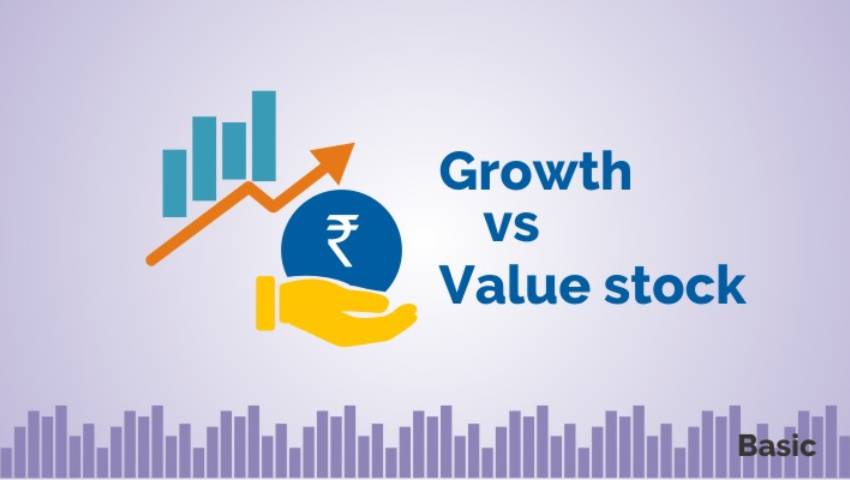
- 02/10/2024
- MyFinanceGyan
- 126 Views
- 4 Likes
- Investment, Mutual Fund
Growth vs. Value: two approaches to stock investing
Growth and value are two fundamental approaches, or styles, in stock market and mutual fund investing. Growth investors seek companies that offer strong earnings growth while value investors seek stocks that appear to be undervalued in the marketplace. Because the two styles complement each other, they can help add diversity to your portfolio when used together.
Growth and value defined:
Growth stocks represent companies that have demonstrated better-than-average gains in earnings in recent years and that are expected to continue delivering high levels of profit growth, although there are no guarantees. “Emerging” growth companies are those that have the potential to achieve high earnings growth, but have not established a history of strong earnings growth.
The key characteristics of growth funds are as follows:
- Higher priced than broader market. Investors are willing to pay high price-to-earnings multiples with the expectation of selling them at even higher prices as the companies continue to grow
- High earnings growth records. While the earnings of some companies may be depressed during periods of slower economic improvement, growth companies may potentially continue to achieve high earnings growth regardless of economic conditions
- More volatile than broader market. The risk in buying a given growth stock is that its lofty price could fall sharply on any negative news about the company, particularly if earnings disappoint Wall Street
Value fund managers look for companies that have fallen out of favor but still have good fundamentals. The value group may also include stocks of new companies that have yet to be recognized by investors.
The key characteristics of value funds include:
- Lower priced than broader market. The idea behind value investing is that stocks of good companies will bounce back in time if and when the true value is recognized by other investors
- Priced below similar companies in industry. Many value investors believe that a majority of value stocks are created due to investors’ overreacting to recent company problems, such as disappointing earnings, negative publicity or legal problems, all of which may raise doubts about the company’s long-term prospects.
- Carry somewhat less risk than broader market. However, as they take time to turn around, value stocks may be more suited to longer term investors and may carry more risk of price fluctuation than growth stocks
Growth or value... or both?
Which strategy — growth or value — is likely to produce higher returns over the long term? The battle between growth and value investing has been going on for years, with each side offering statistics to support its arguments. Some studies show that value investing has outperformed growth over extended periods of time on a value-adjusted basis. Value investors argue that a short-term focus can often push stock prices to low levels, which creates great buying opportunities for value investors.
History shows us that:
- Growth stocks, in general, have the potential to perform better when interest rates are falling and company earnings are rising. However, they may also be the first to be punished when the economy is cooling.
- Value stocks, often stocks of cyclical industries, may do well early in an economic recovery but are typically more likely to lag in a sustained bull market
When investing long term, some individuals combine growth and value stocks or funds for the potential of high returns with less risk. This approach allows investors to, in theory, gain throughout economic cycles in which the general market situations favor either the growth or value investment style, smoothing any returns over time.
Please note,
The views in the article/blog are personal and that of the author. The idea is to create awareness and for educational purpose and not intended to provide any product recommendations.



